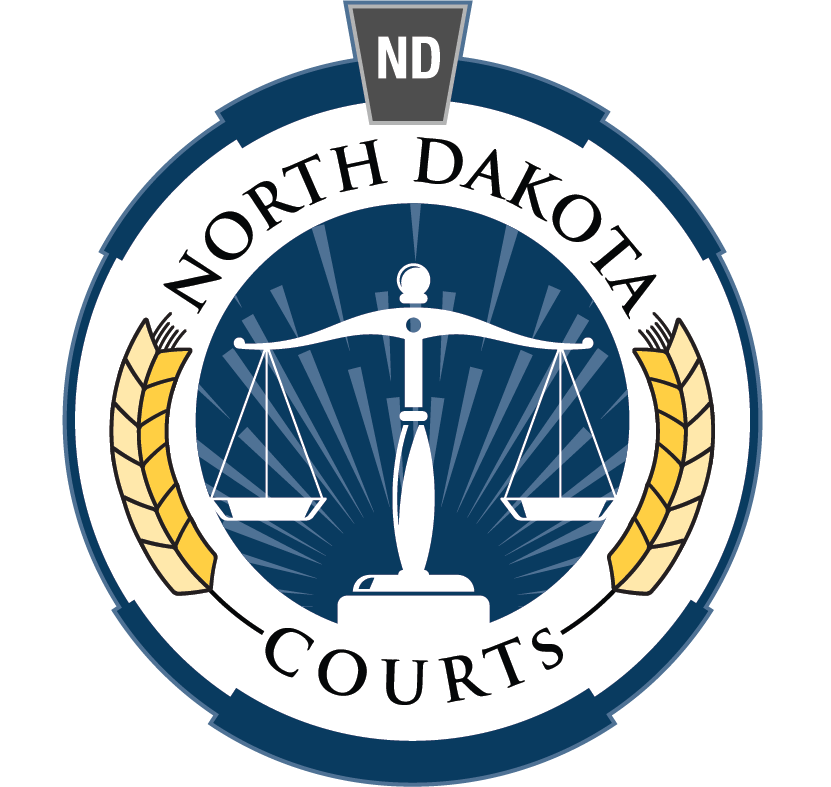RULE 30.1 UNIFORM AUDIO-VISUAL DEPOSITION RULE
Effective Date: 3/1/1986
Obsolete Date: 3/1/1999
(a) Authorization of Audio-Visual Deposition.
(1) Any deposition upon oral examination may be recorded by audio-visual means without a stenographic record. Any party may make at his own expense a simultaneous stenographic or audio record of the deposition. Upon his request and at his own expense, any party is entitled to an audio or audio-visual copy of the audio-visual recording.
(2) The audio-visual recording is an official record of the deposition. A transcript prepared in accordance with Rule 30(c) is also an official record of the deposition.
(3) On motion the court, for good cause, may order the party taking, or who took, a deposition by audio-visual recording to furnish, at his expense, a transcript of the deposition.
(b) Use. An audio-visual deposition may be used for any purpose and under any circumstances in which a stenographic deposition may be used.
(c) Notice. The notice for taking an audio-visual deposition and the subpoena for attendance at that deposition must state that the deposition will be recorded by audio-visual means.
(d) Procedure. The following procedure must be observed in recording an audio-visual deposition:
(1) Opening of Deposition. The deposition must begin with an oral or written statement on camera which includes:
(A) the operator's name and business address;
(B) the name and business address of the operator's employer;
(C) the date, time, and place of the deposition;
(D) the caption of the case;
(E) the name of the witness;
(F) the party on whose behalf the deposition is being taken; and
(G) any stipulations by the parties.
(2) Counsel. Counsel shall identify themselves on camera.
(3) Oath. The oath must be administered to the witness on camera.
(4) Multiple Units. If the length of a deposition requires the use of more than one recording unit, the end of each unit and the beginning of each succeeding unit must be announced on camera.
(5) Closing of Deposition. At the conclusion of a deposition, a statement must be made on camera that the deposition is concluded. A statement may be made on camera setting forth any stipulations made by counsel concerning the custody of the audio-visual recording and exhibits or other pertinent matters.
(6) Index. Depositions must be indexed by a time generator or other method specified by the Supreme Court.
(7) Objections. An objection must be made as in the case of stenographic depositions.
(8) Editing. If the court issues an editing order, the original audio-visual recording must not be altered.
(9) Delivery. Unless otherwise stipulated by the parties, the operator shall deliver or send by registered or certified mail to the party noticing the audio-visual deposition the original audio-visual recording of a deposition, any copy edited pursuant to an order of the court, and any exhibits.
(e) Costs. The reasonable expense of recording, editing, and using an audio-visual deposition may be taxed as costs.
Rule 30.1 was repealed, effective March 1, 2011. Procedures for taking audio-visual depositions have been incorporated into Rule 30.
SOURCES: Joint Procedure Committee Minutes of January 29-30, 2009, pages 20-26; January 29-30, 1998, page 19; November 29, 1984, pages 29-31; October 18, 1984, page 17; April 26-27, 1979, pages 1-4; January 25-26, 1979, pages 7-10; December 7-8, 1978, page 2; Uniform Audio-Visual Deposition Rule.

